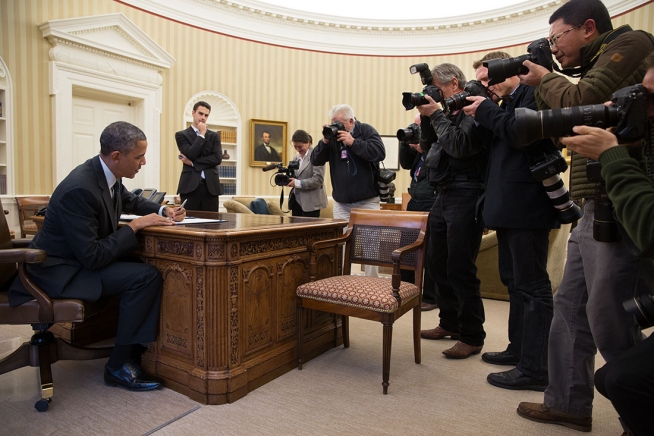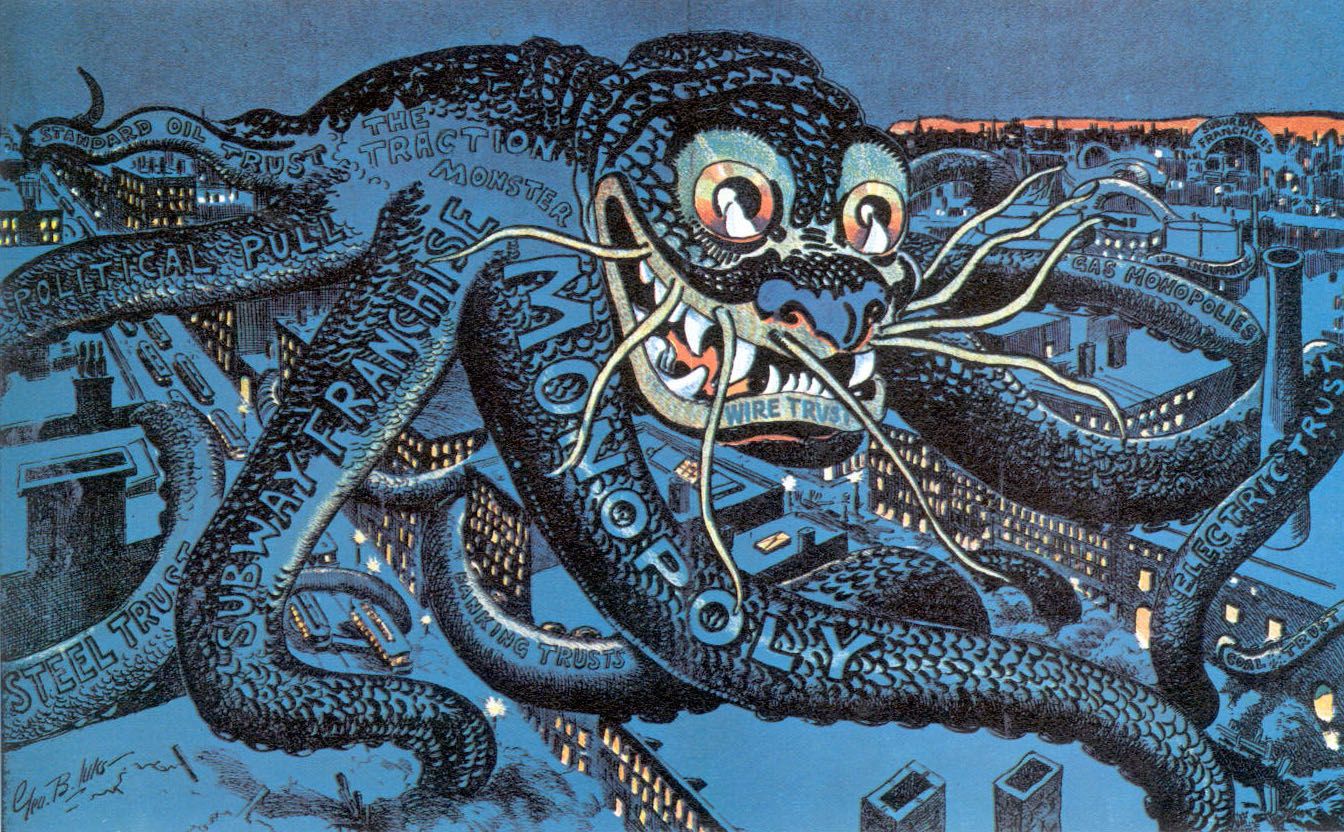|
Comics Journalist
Comics journalism is a form of journalism that covers news or nonfiction events using the framework of comics, a combination of words and drawn images. Typically, sources are actual people featured in each story, and word balloons are actual quotes. The term "comics journalism" was coined by one of its most notable practitioners, Joe Sacco. Other terms for the practice include "graphic journalism,"Hodara, Susan"Graphic Journalism,"''Communication Arts'' (March 2020). "comic strip journalism", "cartoon journalism", "cartoon reporting", "comics reportage",Cavna, Michael"COMICS: Meet the man who’s creating a space for longform journalism — in graphic novel form,"''Washington Post'' (September 16, 2016). "journalistic comics", and "sketchbook reports".McGee, Kathleen"SPIEGELMAN SPEAKS: Art Spiegelman is the author of Maus for which he won a special Pulitzer in 1992. Kathleen McGee interviewed him when he visited Minneapolis in 1998,"''Conduit'' (1998). Visual narrative storytelli ... [...More Info...] [...Related Items...] OR: [Wikipedia] [Google] [Baidu] |
Journalism
Journalism is the production and distribution of reports on the interaction of events, facts, ideas, and people that are the "news of the day" and that informs society to at least some degree. The word, a noun, applies to the occupation (professional or not), the methods of gathering information, and the organizing literary styles. Journalistic media include print, television, radio, Internet, and, in the past, newsreels. The appropriate role for journalism varies from countries to country, as do perceptions of the profession, and the resulting status. In some nations, the news media are controlled by government and are not independent. In others, news media are independent of the government and operate as private industry. In addition, countries may have differing implementations of laws handling the freedom of speech, freedom of the press as well as slander and libel cases. The proliferation of the Internet and smartphones has brought significant changes to the media la ... [...More Info...] [...Related Items...] OR: [Wikipedia] [Google] [Baidu] |
George Luks
George Benjamin Luks (August 13, 1867 – October 29, 1933) was an American artist, identified with the aggressively realistic Ashcan School of American painting. After travelling and studying in Europe, Luks worked as a newspaper illustrator and cartoonist in Philadelphia, where he became part of a close-knit group, led by Robert Henri, that set out to defy the genteel values imposed by the influential National Academy of Design. His best-known paintings reflect the life of the poor and hard-pressed on Manhattan’s Lower East Side. Early life and career Luks was born in Williamsport, Pennsylvania, to Central European immigrants. According to the 1880 census, his father was born in Poland and his mother in Bavaria, Germany. His father was a physician and apothecary and his mother was an amateur painter and musician. The Luks family eventually moved to Pottsville, Pennsylvania in east central Pennsylvania, near the coal fields. In this setting, he learned at a young age ... [...More Info...] [...Related Items...] OR: [Wikipedia] [Google] [Baidu] |
Jack Davis (cartoonist)
John Burton Davis Jr. (December 2, 1924 – July 27, 2016) was an American cartoonist and illustrator, known for his advertising art, magazine covers, film posters, record album art and numerous comic book stories. He was one of the founding cartoonists for ''Mad (magazine), Mad'' in 1952. His cartoon characters are characterized by extremely distorted anatomy, including big heads, skinny legs and large feet. Early life Davis was born December 2, 1924, in Atlanta, Georgia. As a child, he adored listening to Bob Hope on the radio and tried to draw him, despite not knowing what Hope looked like. Career Early work Davis saw comic book publication at the age of 12 when he contributed a cartoon to the reader's page of ''Tip Top Comics'' No. 9 (December 1936). After drawing for his high school newspaper and yearbook, he spent three years in the U.S. Navy, where he contributed to the daily ''Navy News.'' Attending the University of Georgia on the G.I. Bill, he drew for the campus ne ... [...More Info...] [...Related Items...] OR: [Wikipedia] [Google] [Baidu] |
Bulgaria
Bulgaria (; bg, България, Bǎlgariya), officially the Republic of Bulgaria,, ) is a country in Southeast Europe. It is situated on the eastern flank of the Balkans, and is bordered by Romania to the north, Serbia and North Macedonia to the west, Greece and Turkey to the south, and the Black Sea to the east. Bulgaria covers a territory of , and is the sixteenth-largest country in Europe. Sofia is the nation's capital and largest city; other major cities are Plovdiv, Varna and Burgas. One of the earliest societies in the lands of modern-day Bulgaria was the Neolithic Karanovo culture, which dates back to 6,500 BC. In the 6th to 3rd century BC the region was a battleground for ancient Thracians, Persians, Celts and Macedonians; stability came when the Roman Empire conquered the region in AD 45. After the Roman state splintered, tribal invasions in the region resumed. Around the 6th century, these territories were settled by the early Slavs. The Bulgars, led by Asp ... [...More Info...] [...Related Items...] OR: [Wikipedia] [Google] [Baidu] |
Help! (magazine)
''Help!'' was an American Humor magazine, satire magazine that was published by James Warren (publisher), James Warren from 1960 to 1965. It was Harvey Kurtzman's longest-running magazine project after leaving ''Mad (magazine), Mad'' and EC Comics, EC Publications, and during its five years of operation it was chronically underfunded, yet innovative. In starting ''Help!'', Kurtzman brought along several artists from his ''Mad'' collaborations, including Will Elder, Jack Davis (cartoonist), Jack Davis, John Severin and Al Jaffee. Kurtzman's assistants included Charles Alverson, Terry Gilliam and Gloria Steinem; the last was helpful in gathering the celebrity comedians who appeared on the covers and the Photo strip, fumetti strips the magazine ran along with more traditional comics and text pieces. Among the then little-known performers in the fumetti were John Cleese, Woody Allen and Milt Kamen; better-known performers such as Orson Bean were also known to participate. Some of the f ... [...More Info...] [...Related Items...] OR: [Wikipedia] [Google] [Baidu] |
Underground Comix
Underground comix are small press or self-published comic books that are often socially relevant or satirical in nature. They differ from mainstream comics in depicting content forbidden to mainstream publications by the Comics Code Authority, including explicit drug use, sexuality, and violence. They were most popular in the United States in the late 1960s and 1970s, and in the United Kingdom in the 1970s. Robert Crumb, Gilbert Shelton, Barbara "Willy" Mendes, Trina Robbins and numerous other cartoonists created underground titles that were popular with readers within the counterculture scene. Punk had its own comic artists like Gary Panter. Long after their heyday, underground comix gained prominence with films and television shows influenced by the movement and with mainstream comic books, but their legacy is most obvious with alternative comics. History United States The United States underground comics scene emerged in the 1960s, focusing on subjects dear to the count ... [...More Info...] [...Related Items...] OR: [Wikipedia] [Google] [Baidu] |
Robert Crumb
Robert Dennis Crumb (; born August 30, 1943) is an American cartoonist and musician who often signs his work R. Crumb. His work displays a nostalgia for American folk culture of the late 19th and early 20th centuries, and satire of contemporary American culture. Crumb is a prolific artist and contributed to many of the seminal works of the underground comix movement in the 1960s, including being a founder of the first successful underground comix publication, ''Zap Comix'', contributing to all 16 issues. He was additionally contributing to the ''East Village Other'' and many other publications, including a variety of one-off and anthology comics. During this time, inspired by psychedelics and cartoons from the 1920s and 1930s, he introduced a wide variety of characters that became extremely popular, including countercultural icons Fritz the Cat and Mr. Natural, and the images from his '' Keep On Truckin''' strip. Sexual themes abounded in all these projects, often shading ... [...More Info...] [...Related Items...] OR: [Wikipedia] [Google] [Baidu] |



